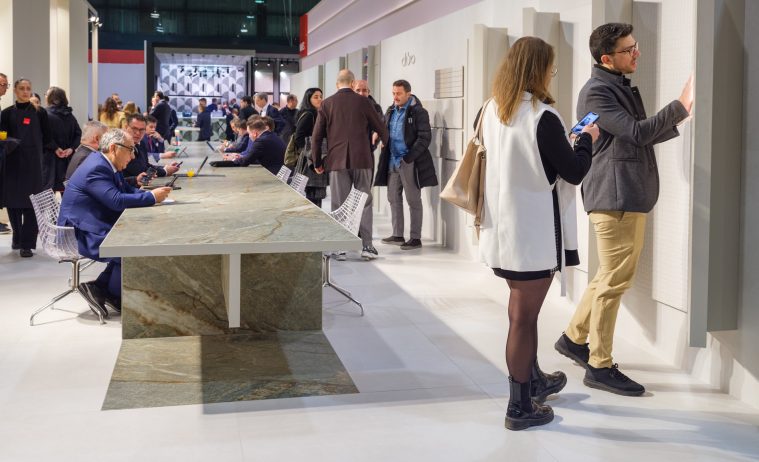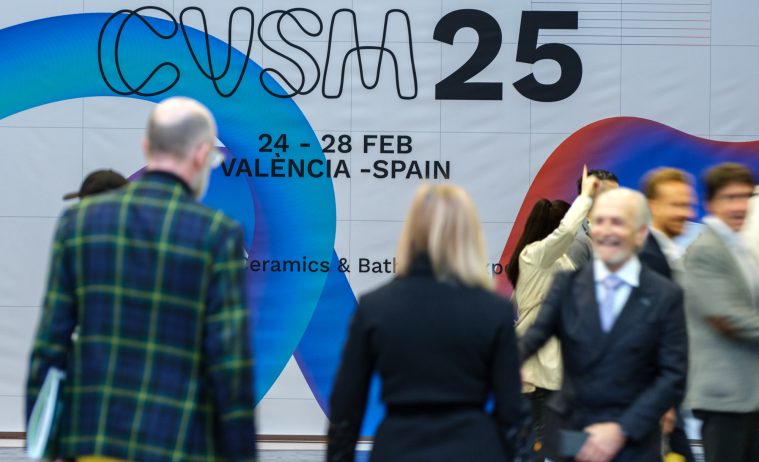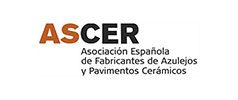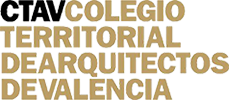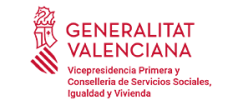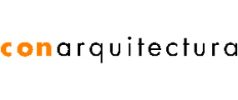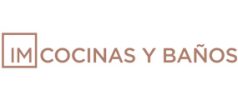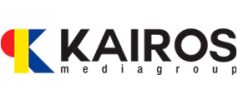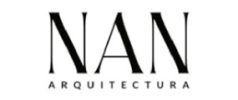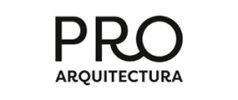The ITC, through the Observatory for Trends in the Built Environment, has presented the most cutting-edge trends in ceramic to the world at Cevisama. The mid-century and new art deco styles that were popular in recent design vogues in Europe have been reflected in the latest trends in ceramic tile, according to the Observatory for Trends in the Built Environment (OTH). The OTH comprises the Institute for Ceramic Tile Technology (ITC), the Mechanical Metal, Furniture, Wood, Packaging and Associated Products Technology Institute (AIDIMME) and the Textile Technology Institute (AITEX). The research was financed by the Valencia Institute for Competition and Business (IVACE) by with funds from the ERDF, the European Regional Development Fund.
Trends in ceramic tiles over the period 2018-19 will follow similar lines to those observed at trade fairs last year, the OTH explained, meaning that “we will see very bold products where colour and decoration are important again. Major features on both large and small format tiles will be the roundness of the material, which is very important in marble, granite, large marbled and mottled stones etc.”
As a result of the increased use of ceramic for work surfaces and in other projects around the home, both raw and polished materials are very popular. The OTH also underscored that, thanks to designs that are in line with the latest decorative trends in Europe such as mid-century and new art deco styles, ceramic is gaining ground as the ‘star’ of interior design.
The six trends highlighted by the OTH were presented at Cevisama today. Titled Tile Marbled, Tile Déco, Dark and Watercolor, Brutalist Style, Restore Materials and Midcentury Colors, these trends reflect the most daring developments in design, composition and colour palettes, whilst underscoring the rise in the number of different uses made of ceramic as a material, such as for work surfaces, as mentioned above.
The research was financed by the Valencia Institute for Competition and Business (IVACE) by with funds from the ERDF, the European Regional Development Fund.


